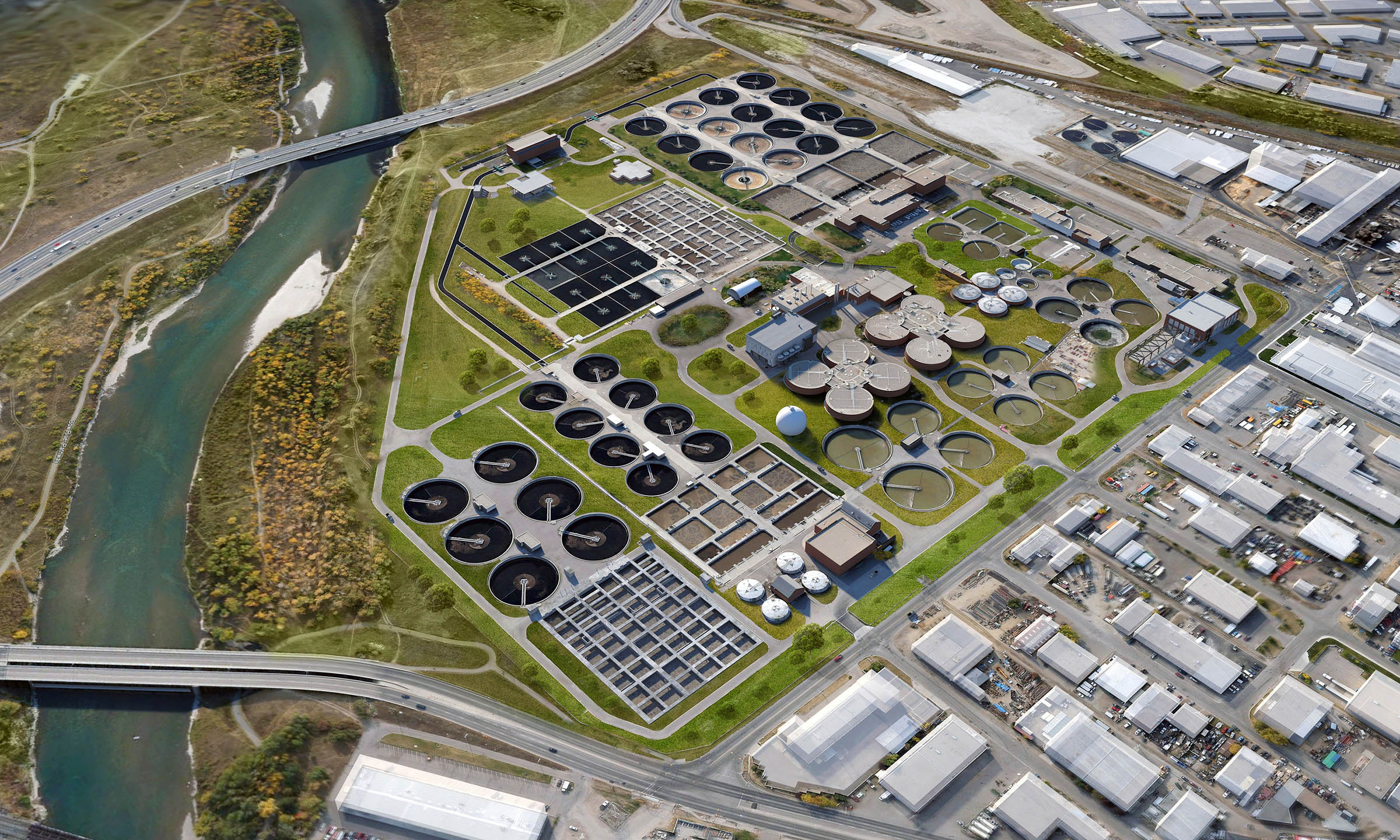Strategic Approaches to Improve Drainage Therapy Efficiency and Lessen Ecological Effect
In the world of waste water therapy, the mission for enhanced efficiency and lowered ecological impact is a continuous obstacle that demands tactical remedies. The assimilation of innovative treatment innovations, energy-efficient processes, source healing techniques, boosted nutrient removal techniques, and clever tracking and control systems stands for a diverse framework for resolving these pushing worries.
Advanced Treatment Technologies
Cutting-edge membrane layer filtering systems have revolutionized sophisticated wastewater treatment processes, substantially enhancing the elimination of pollutants. These cutting-edge systems work by requiring water through a semi-permeable membrane layer, successfully dividing contaminations from the water stream. The membrane layer's microscopic pores trap toxins such as germs, infections, and suspended solids, enabling just detoxified water to travel through. This modern technology has actually shown to be extremely reliable in removing a large array of contaminants, consisting of pharmaceuticals, hefty metals, and organic substances, which are usually testing to remove through standard therapy methods.
In addition, membrane layer purification systems use many advantages over conventional therapy techniques. Furthermore, these systems are highly versatile and can be conveniently incorporated right into existing therapy plants or utilized as standalone systems for decentralized applications.
Energy-Efficient Processes
The assimilation of energy-efficient procedures in wastewater treatment systems is essential for maximizing source application and reducing functional costs. One crucial strategy to boosting power effectiveness in wastewater treatment is the utilization of advanced aeration systems, such as great bubble diffusers or surface area aerators, which can improve oxygen transfer efficiency and decrease energy consumption.
Additionally, optimizing process control and automation through making use of innovative sensing units and monitoring systems can enhance overall energy effectiveness by adjusting operations in real-time based on actual demand and conditions. Implementing energy audits and on a regular basis monitoring power performance indicators are essential practices to identify locations for renovation and track energy-saving efforts effectively. In general, the adoption of energy-efficient processes in wastewater treatment not only profits the setting however likewise contributes to long-term price financial savings and operational sustainability.
Resource Recuperation Methods
With a focus on optimizing source use and sustainability in wastewater treatment systems, the implementation of source healing techniques emerges as a pivotal facet in boosting functional efficiency. Source recuperation techniques in wastewater treatment entail the recognition and extraction of important resources from the waste stream, thereby turning what was when thought about waste into a valuable property. By carrying out resource healing methods such as nutrient elimination and healing, power generation from organic issue, and the production of reusable water, wastewater treatment plants can minimize ecological effect while making the most of efficiency.

Improved Nutrient Elimination Methods
Carrying out advanced nutrient removal strategies is vital for enhancing the effectiveness of wastewater therapy systems. Enhanced nutrient elimination plays a crucial duty in lessening the environmental impact of cured effluent discharged into water bodies. Among the essential strategies made use of for improved nutrient removal is the procedure of helpful hints biological nutrient elimination (BNR), which entails the elimination of nitrogen and phosphorus through biological procedures. This can be attained via the usage of specialized microbes that can convert nitrogen compounds into inert nitrogen gas with denitrification, and gather phosphorus within their cells through a procedure called boosted biological phosphorus elimination (EBPR)

In addition to BNR, progressed treatment approaches such as membrane layer bioreactors (MBRs) and built marshes can likewise be used to boost nutrient removal performance. MBRs use membranes to accomplish top notch effluent requirements by efficiently removing nutrients and put on hold solids. Built wetlands resemble all-natural marsh procedures to remove nutrients via plant uptake, microbial task, and sedimentation. By including these advanced nutrient removal techniques right into wastewater therapy systems, industries and districts can effectively decrease nutrient contamination and shield the environment.
Smart Tracking and Control Systems
Utilizing sophisticated modern technology, the assimilation of clever surveillance and control systems reinvents the functional performance of wastewater therapy centers. These systems integrate innovative sensing units and information analytics to continually monitor key specifications such as pH levels, turbidity, liquified oxygen, and circulation prices in real-time. By gathering and assessing this information, drivers can obtain valuable insights right into the efficiency of the treatment processes, enabling proactive changes to maximize therapy efficiency.
Smart monitoring and control systems also sustain remote tracking capabilities, enabling operators to gain access to Waste Water Treatment real-time data and control features from off-site places. This remote availability improves operational versatility and responsiveness, enabling quick interventions in case of system breakdowns or changes in influent high quality. The anticipating upkeep capabilities of these systems assist protect against equipment failures and lessen downtime, inevitably enhancing the total dependability of wastewater therapy operations.
Verdict
To conclude, strategic approaches such as innovative therapy innovations, energy-efficient procedures, source recuperation strategies, enhanced nutrient removal methods, and wise tracking and control systems play a crucial role in improving wastewater treatment effectiveness and lessening ecological influence. By applying these techniques, wastewater treatment plants can enhance their total efficiency, decrease power consumption, recoup important resources, and make certain compliance with environmental guidelines. These approaches are necessary for reliable and lasting wastewater management methods.

In verdict, tactical strategies such as sophisticated therapy innovations, energy-efficient processes, resource recuperation strategies, enhanced nutrient elimination methods, and clever tracking and control systems play an essential function in enhancing wastewater treatment effectiveness and lessening ecological effect.